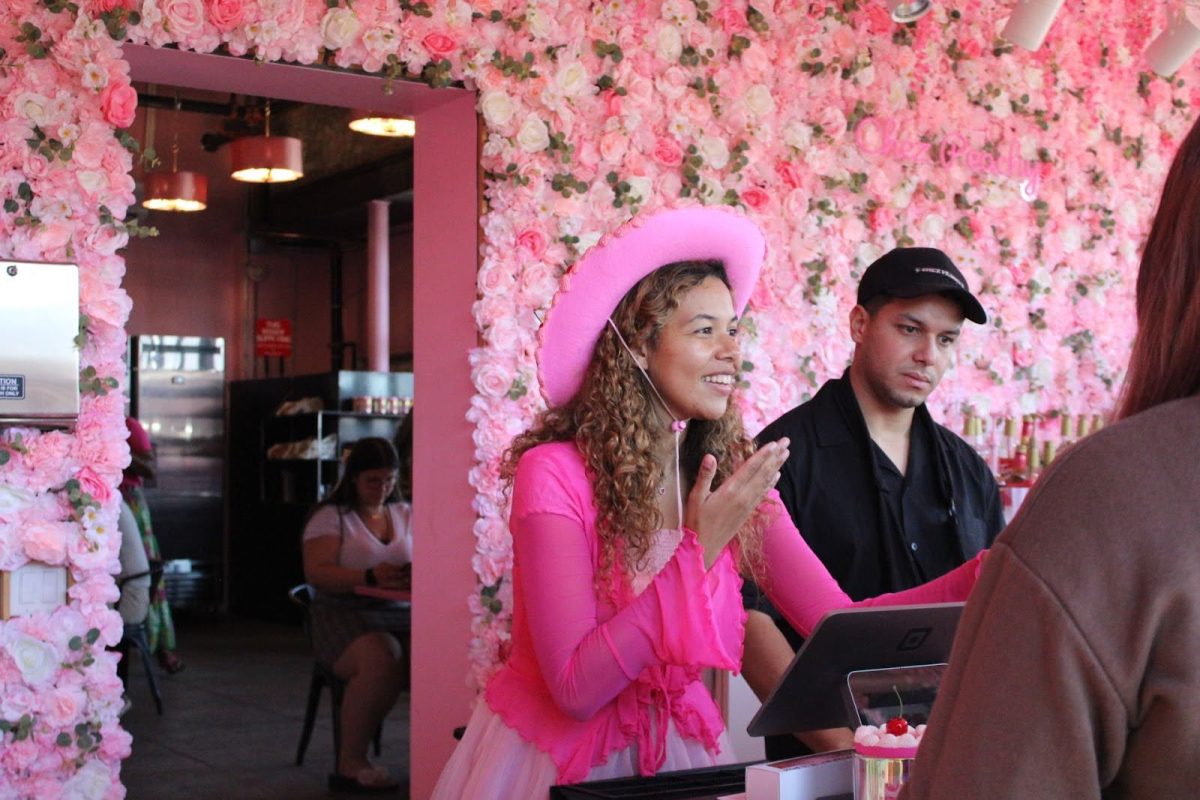Our school colors may be red and blue, but white is most represented on our campus. More than half of our student population is Caucasian and it’s easy for minorities to get lost in the mix of things. Over the years, the UA has become more diverse and the minority population has grown to 32 percent, according to the 2010 UA Fact Book. With whites dominating the other races in numbers, minority students turn to organizations and clubs such as the Chicano/Hispano Student Affairs (CHSA), Asian Pacific American Student Affairs (APASA), African American Student Affairs (AASA) and Native American Student Affairs (NASA). Although these student organizations are bringing students together who share similar cultural backgrounds, it segregates them from everyone else.
Being a minority at the UA definitely has its advantages and disadvantages. For one, it sets me apart from the majority of the population, and some of the stereotypes associated with the model minority aren’t that bad. But I am questioned on a daily basis, “What are you? And where do you come from?” It’s like I am an exotic animal at the zoo. Please do not ask me to help you with your Eastern Asian Language and Culture class homework because your guess is probably better than mine. Don’t assume just because I am Asian that I know how to speak Chinese, do karate, or that I am a member of APASA.
Whether you are white, black, Hispanic, Asian, American Indian or all of the above, race is a part of us. However, it does not have to define who we are. Minority clubs were set in place because some people are intolerant of the unknown and are uncomfortable with what seems foreign to them. These clubs have created a bubble of familiarity that has blocked them from meeting people of different cultures and expanding their knowledge.
Not all of my friends are Asian and your friend circle shouldn’t exclusively reflect your race either. All of the minority clubs are so exclusive and they make it uncomfortable for someone of a different race to join. For example, it would be super awkward if I wanted to join a club that focused on European culture because it’s obvious that I am not white. Although I want to learn more about their culture, the fact that they are so selective deters me from wanting to participate. The world is divided enough as is and the whole purpose of the U.S. was to bring people of different ethnicities together.
If we educated each other on our cultural practices and shared our views and moral beliefs, then maybe we would all be receptive to one another. You do not have to join APASA, NASA, AASA or CHSA in order to feel like you belong. Making friends with people of the same race doesn’t mean they will be your new BFF. Go beyond the norm and meet people who have more in common with you than just your heritage or race.
— Jacquelyn Abad is a sophomore studying journalism and Spanish. She can be reached at letters@wildcat.arizona edu.








